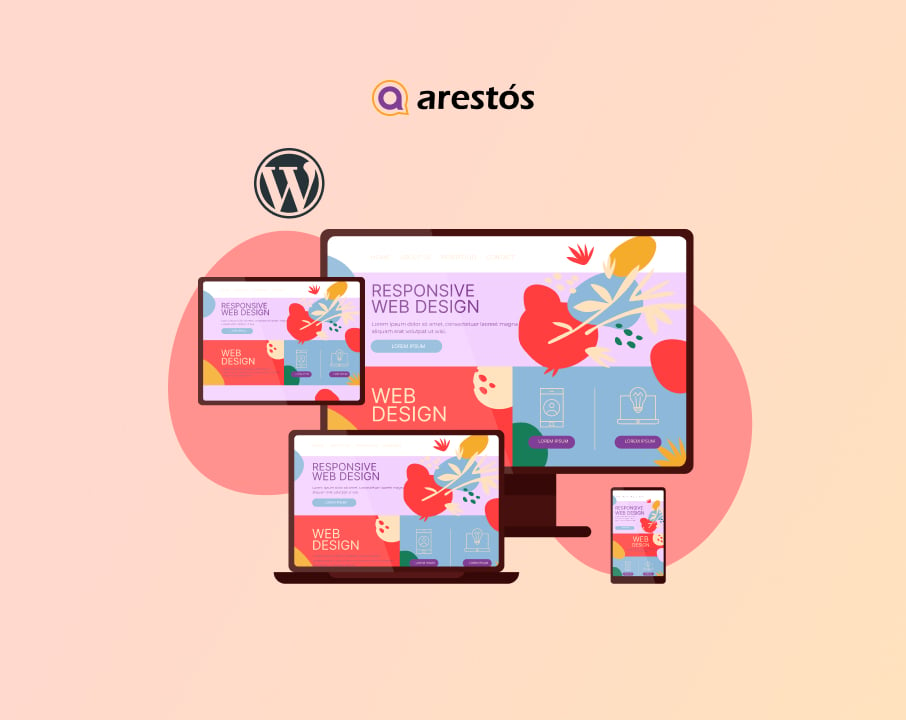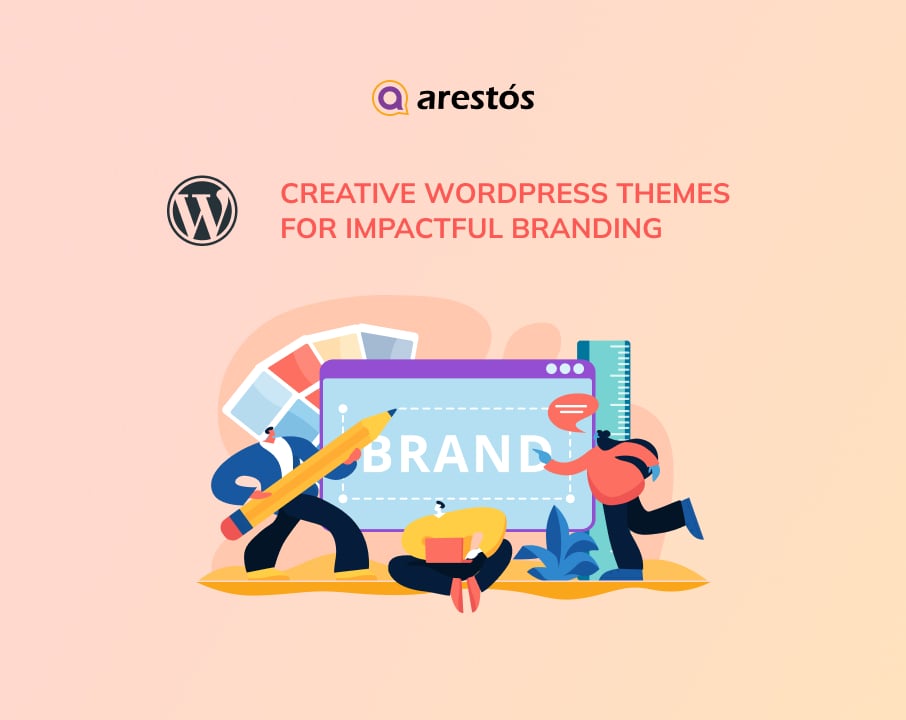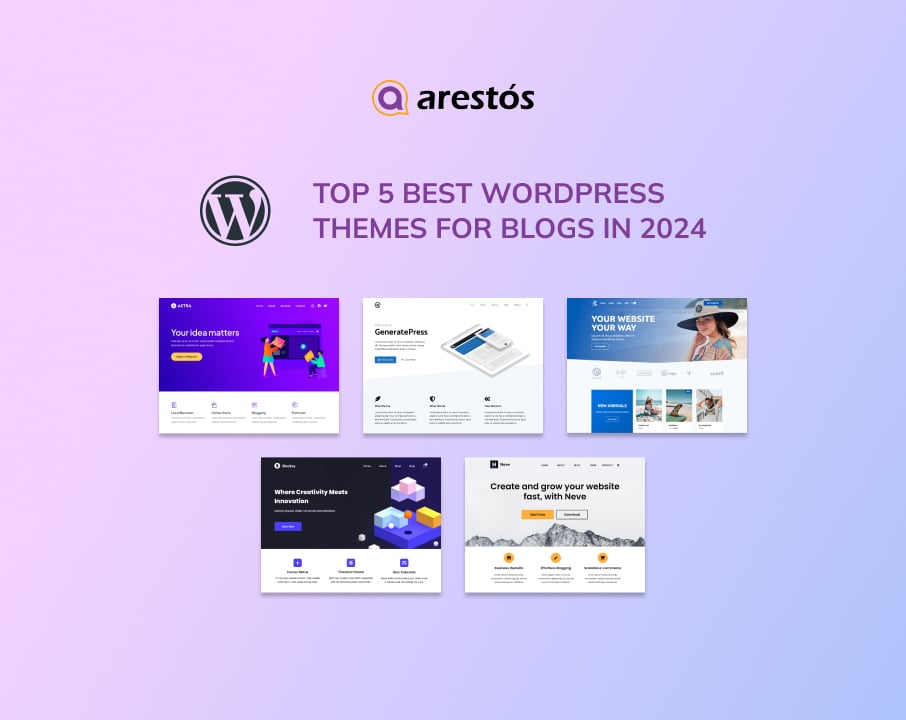WordPress Blog Examples: How to Create a Stunning Blog with WordPress
In the digital realm, where attention spans are short and competition is fierce, creating a visually captivating and functional blog is crucial for success. With its extensive range of themes, customization options, and plugins, WordPress stands as a leading platform for bloggers seeking to craft stunning websites.
In the digital realm, where attention spans are short and competition is fierce, creating a visually captivating and functional blog is crucial for success. With its extensive range of themes, customization options, and plugins, WordPress stands as a leading platform for bloggers seeking to craft stunning websites. In this article, we delve into the world of WordPress blog examples that exemplify beautiful designs and offer practical insights. Whether you’re a seasoned blogger or just starting, join us as we explore the possibilities and learn how you can leverage WordPress to create an extraordinary blog that captivates and engages your audience.
WordPress Blog Examples: Choosing the Right WordPress Theme:
One of the first steps in creating a stunning WordPress blog is choosing the right theme. A responsive and visually appealing theme sets the foundation for your blog’s design. Explore popular WordPress theme marketplaces like ThemeForest and Elegant Themes to discover themes that align with your blog’s niche and style. Consider factors like layout options, typography, and customization flexibility. Make sure the theme you choose is regularly updated and well-supported by the developers.
You can explore some of our WordPress templates at: Our work
Showcasing Creative Layouts and Designs:
To make your blog stand out, consider showcasing creative layouts and designs. Look for WordPress blog examples that feature unique and visually stunning layouts. Experiment with custom headers, featured images, and grid-based layouts to create a visually appealing design. By using visual elements strategically, you can enhance the overall user experience and make your blog more engaging. However, it’s important to strike a balance between creativity and usability to ensure that readers can navigate your blog easily.
Customizing the Blog’s Appearance:
When it comes to creating a visually appealing and unique blog, WordPress offers a plethora of customization options to make your website truly stand out. With the WordPress Customizer and theme settings, you can personalize the appearance of your blog to reflect your brand and captivate your audience.
Start by selecting colors, fonts, and visual elements that align with your blog’s niche and target audience. Consistency in design elements not only enhances your blog’s visual appeal but also helps establish a strong brand identity. Experiment with different combinations and layouts to find the perfect balance between aesthetics and readability.
Additionally, take advantage of the customization features provided by your chosen theme. Many themes offer options to modify headers, footers, sidebars, and other layout elements. This allows you to create a unique and tailored look for your blog.
Remember, the goal of customization is to enhance the user experience. Ensure that your design choices complement your content and make navigation intuitive for your readers. By customizing your blog’s appearance, you can create a visually cohesive and captivating online presence that leaves a lasting impression on your audience.
Leveraging Plugins for Enhanced Functionality:
One of the greatest strengths of WordPress lies in its extensive plugin ecosystem, which empowers bloggers to enhance their websites with advanced functionality and features. By strategically incorporating plugins into your WordPress blog, you can take your website to the next level and provide an exceptional user experience.
Start by identifying the specific needs and goals of your blog. For example, if you want to optimize your blog for search engines, consider installing popular SEO plugins like Yoast SEO or All in One SEO Pack. These plugins provide valuable insights and tools to improve your blog’s visibility in search engine results.
If social media integration is crucial for your blog’s success, explore plugins that enable seamless social sharing and follow buttons. This allows readers to easily share your content and engage with your brand across various social media platforms.
Furthermore, consider plugins for contact forms, email marketing, analytics, security, and more. However, exercise caution when selecting plugins, as an excessive number can impact your website’s performance. Choose reputable plugins with good reviews and regular updates.
By leveraging the power of plugins, you can enhance your blog’s functionality, streamline processes, and provide a better user experience for your audience. Explore the vast array of plugins available in the WordPress plugin directory to find the ones that align with your blog’s objectives and take your website to new heights.
Optimizing for User Experience and Performance:
Optimizing your WordPress blog for user experience and performance is vital in today’s digital landscape. Ensure your blog is mobile-responsive to provide a seamless experience across devices. Compress and optimize images to improve loading times without sacrificing quality. Leverage caching plugins to store static versions of your site and deliver content faster to returning visitors. Consider utilizing a content delivery network (CDN) for quicker server response times. Prioritize intuitive navigation and user-friendly design to enhance readability and ease of use. By optimizing these aspects, you create a smooth and engaging browsing experience, leading to increased user satisfaction, better search engine rankings, and ultimately, the success of your blog.
Best Practices for Content Presentation and Readability:
Well-structured and visually appealing content is vital for keeping readers engaged. Use headings, paragraphs, and bullet points to structure your blog posts. Incorporate featured images and multimedia elements to enhance your content and make it visually appealing. Look for WordPress blog examples that have well-formatted and visually appealing content to gain inspiration for your own posts.
Conclusion:
Creating a stunning WordPress blog involves carefully selecting a theme, customizing its appearance, leveraging plugins, optimizing for user experience and performance, and presenting your content effectively. By exploring WordPress blog examples and implementing the tips shared in this article, you can create a visually appealing and engaging blog that stands out from the crowd.
At Arestós, we have WordPress experts who can help you create a stunning blog. Please contact us for a quick consultation and guidance.



